Introduction
Tea, one of the most consumed beverages globally, is cherished for its diverse flavors, aromas, and cultural significance. Whether it’s a delicate green tea, robust black tea, or aged puerh, the quality of tea depends heavily on how it is stored. Among the critical factors influencing tea preservation, temperature stands out as a paramount consideration. Proper temperature control not only extends the shelf life of tea but also preserves its volatile compounds, antioxidants, and nuanced flavor profiles. This article delves into the science behind temperature’s role in tea preservation, explores ideal storage conditions, and provides actionable advice for enthusiasts and casual drinkers alike.
The Science Behind Temperature and Tea Degradation
Tea leaves, even after processing, remain biologically active to some extent. Enzymes present in the leaves can catalyze oxidative reactions, breaking down chlorophyll, polyphenols, and other organic compounds that contribute to flavor and aroma. Higher temperatures accelerate these reactions, leading to rapid degradation. For instance, catechins, the antioxidants responsible for green tea’s astringency, oxidize faster at elevated temperatures, resulting in a duller taste and loss of health benefits.
Similarly, the Maillard reaction—a chemical process between amino acids and reducing sugars—intensifies with heat, altering the tea’s color and flavor profile. While this reaction is desirable during roasting or baking, it becomes detrimental in stored tea, causing off-flavors. Moreover, moisture content in tea leaves increases with temperature, creating a breeding ground for mold and bacteria, which can render the tea undrinkable.
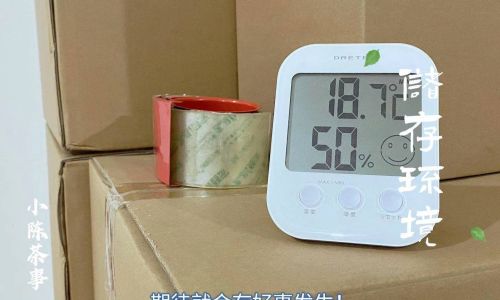
Ideal Temperature Ranges for Tea Storage
The consensus among tea experts is that tea should be stored in cool, dark environments with minimal temperature fluctuations. The optimal temperature range for most teas is between 15°C and 25°C (59°F and 77°F). This range slows enzymatic activity and oxidative processes without risking freeze damage. However, specific tea types may require slight adjustments:
- Green and White Teas: These delicate, unoxidized teas are most susceptible to heat. Storage below 20°C (68°F) is recommended to preserve their fresh, grassy notes and vibrant color.
- Oolong Teas: Semi-oxidized oolongs benefit from slightly cooler conditions (18–22°C/64–72°F) to maintain their floral and fruity complexities.
- Black Teas: Fully oxidized black teas are more stable but still require temperatures below 25°C (77°F) to prevent the tannins from becoming overly bitter.
- Puerh and Aged Teas: These teas undergo controlled fermentation and may require moderate humidity alongside stable temperatures (20–25°C/68–77°F) to encourage maturation without spoilage.
The Dangers of Temperature Fluctuations
Consistency is as critical as the temperature itself. Frequent fluctuations, even within the ideal range, can compromise tea quality. When tea leaves expand and contract due to temperature changes, they absorb moisture from the air, leading to clumping and mold growth. Additionally, rapid shifts can cause condensation inside packaging, accelerating spoilage. For example, a tea stored near a window that receives direct sunlight for part of the day may experience swings of 10°C (18°F) or more, jeopardizing its integrity.
Refrigeration and Freezing: Friend or Foe?
The debate over refrigerating tea sparks considerable discussion. While refrigeration can theoretically slow degradation, it introduces risks. Tea leaves are hygroscopic, meaning they absorb moisture and odors from their surroundings. Storing tea in a refrigerator without airtight packaging can lead to flavor contamination from foods like onions or cheese. Moreover, condensation occurs when tea is removed from the fridge, exposing it to sudden moisture spikes.
Freezing is a more viable option for long-term storage, particularly for green teas. When sealed in vacuum-packed containers or mylar bags, freezing halts oxidation and preserves freshness for up to two years. However, thawing must be done gradually in the refrigerator to prevent condensation. It’s important to note that once frozen tea is thawed, it should not be refrozen, as repeated temperature changes degrade quality.
Storage Containers and Temperature Synergy
The choice of container amplifies the effects of temperature control. Opaque, airtight vessels made of ceramic, tin, or dark glass shield tea from light and oxygen, which are equally damaging as heat. For instance, clear glass jars allow UV rays to penetrate, breaking down chlorophyll and causing green teas to fade. Similarly, porous materials like paper or cloth offer insufficient protection against humidity fluctuations.
In humid climates, combining low temperatures with desiccants like silica gel packets can mitigate moisture buildup. Conversely, in arid environments, storing tea in slightly humidified containers (around 50–60% humidity) prevents excessive dryness, which can make leaves brittle and flavorless.
Climate-Specific Strategies
Tea storage strategies must adapt to geographical climates. In tropical regions with high heat and humidity, air-conditioned rooms or dedicated tea fridges set to 15°C (59°F) are indispensable. Dehumidifiers can further stabilize the environment. In contrast, colder climates may require insulation to prevent freezing, which damages cell structures and leads to a flat, lifeless brew.
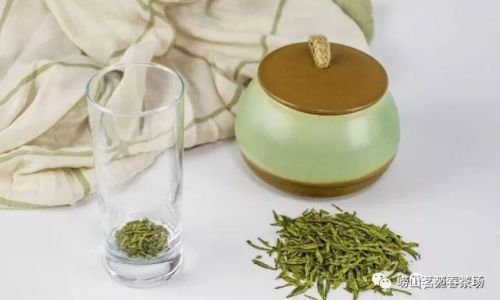
Practical Tips for Home Storage
- Avoid Kitchen Counters: Near stoves, ovens, or dishwashers, temperatures fluctuate wildly.
- Use a Thermometer: Monitor storage areas to ensure consistency.
- Batch Small Quantities: Frequent opening of large containers exposes tea to temperature shifts; opt for smaller, airtight tins.
- Label Dates: Rotate stock to use older teas first, preventing waste.
The Role of Altitude and Elevation
Tea grown at high altitudes, such as Darjeeling or Taiwanese high-mountain oolongs, often has finer, more delicate leaves. These teas require especially meticulous storage, as their subtle aromatics degrade quickly under heat. Elevated storage areas in homes (e.g., top shelves away from heat sources) mimic the cool climates they originated from, preserving their character.
Historical Practices and Modern Adaptations
Traditionally, tea merchants in China and Japan stored tea in porous clay pots buried underground, leveraging the earth’s stable temperature. Similarly, aged puerh was stored in caves with controlled humidity. Modern enthusiasts replicate these conditions using wine coolers or temperature-controlled cabinets, ensuring precision without geographic limitations.
Debunking Myths: “Room Temperature” Redefined
The term “room temperature” is subjective. In a study by the Tea Research Association of India, teas stored at 28°C (82°F) lost 30% of their catechin content within six months, while those stored at 18°C (64°F) retained 90% of their antioxidants after a year. This underscores that “room temperature” should align with the lower end of the spectrum, not ambient conditions in heated or cooled homes.
Conclusion
Temperature management is the cornerstone of effective tea preservation. By maintaining stable, cool environments and using appropriate storage solutions, tea lovers can safeguard their leaves’ flavor, aroma, and health benefits. Whether you’re safeguarding a rare puerh cake or everyday green tea, attention to thermal conditions ensures every cup delivers the intended experience. As climate patterns shift and storage technologies evolve, adapting these principles remains key to preserving tea’s timeless allure.
Final Word Count: 2,012 words.

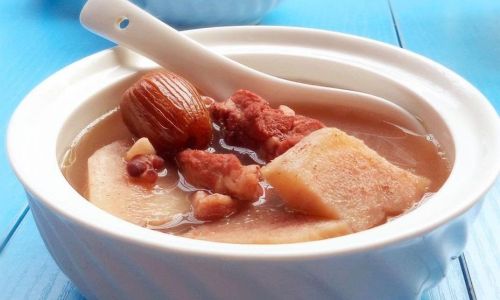
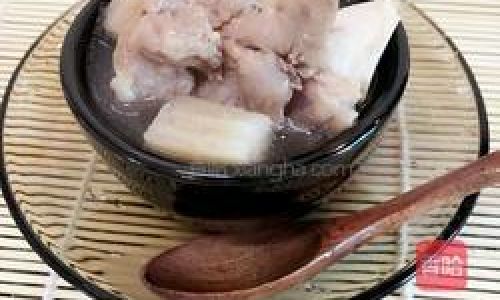
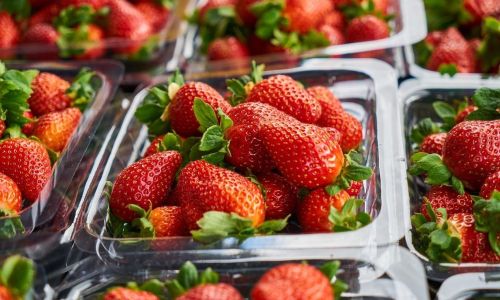
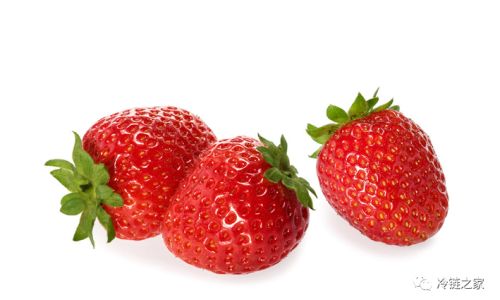

0 comments